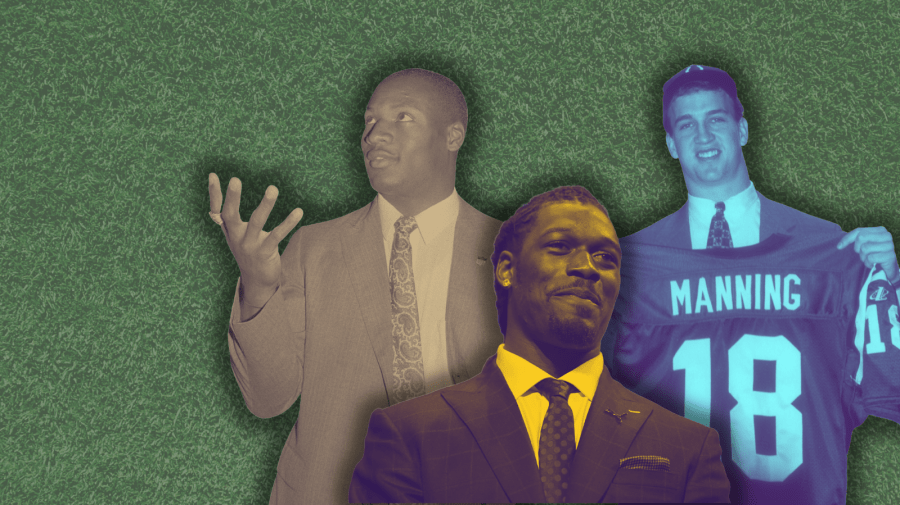
Following sports can be a wild ride sometimes. Between the 24/7 news coverage and the constant stream of breathless takes from screaming pundits, it’s easy to forget that it’s all just about people playing games. American football and the National Football League (NFL), perhaps more than any other sport, takes this air of seriousness to some pretty hilarious extremes. Among these, the NFL Draft — and the coverage that surrounds it — is the most salient example.
If you don’t follow professional sports much, you might even be surprised to learn that drafts even exist in the first place. And the NFL Draft, even more than most, is its own kind of beast: a three-day event, the first day of which is now pulling in a larger TV audience than the Academy Awards. If you’re curious why that is, we’ll explain that if you read on — along with some of the ins and outs of what the NFL Draft is and why it exists in the first place.
What’s a Draft? NFL Draft Origins
The NFL was founded in 1920, but the first NFL draft didn’t happen until 1936. Prior to 1936, an athlete, prior to entering the league, could negotiate a contract with any NFL team. Seems fair, right? The problem was that this process gave certain teams advantages over others. Preferable locations or greater financial resources led to a competitive imbalance — as it so often does. If the money is similar, would you rather work in Miami, Florida or Green Bay, Wisconsin? See what I mean?
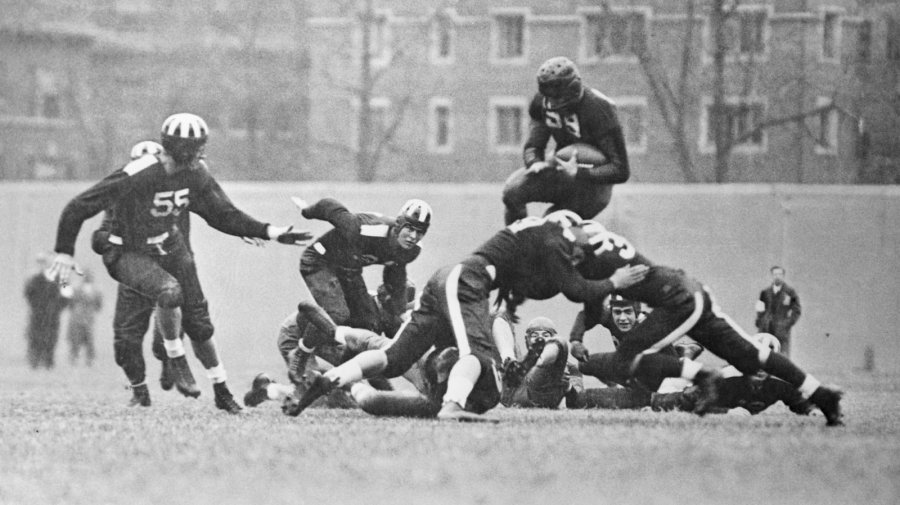
Bert Bell, head coach and owner — a combination that would never, ever exist now that the league is such a big business — of the Philadelphia Eagles, was one of the people running a team at a disadvantage. In 1935, he proposed that the league institute a draft. Teams would be given exclusive rights to negotiate with individual players of their choosing, and if that player couldn’t agree to a contract with the team that had his rights, he’d have to sit out until the next draft. Bell also proposed that the teams should draft players in reverse order of the previous season’s standings, so the worst team would draft first and the best team would draft last. That would ensure fairness and parity. All the owners agreed.
And that, in its simplest form, is what a draft is across all sports. Each team in the league gets to pick players from the available pool of unsigned talent, and teams with bad records are given the advantage of being allowed exclusive rights to sign the best players. Wrinkles have been added over the years: the number of rounds of the NFL Draft — currently at seven — has shifted as the league has expanded to add more teams, and teams have manipulated the process by using rights to future draft picks in trades for current players. Still, the format is largely the same as it was in the beginning: bad teams get priority in selecting the best incoming players, and players are only able to negotiate with the team that drafted them.
Why Is the NFL Draft So Popular?
Okay, so hopefully you have a sense of what the draft is at this point, but you are likely wondering why on Earth you would watch it on TV. Honestly, that’s a fair question. The first NFL draft to be televised wasn’t until 1980, and at that time it was very much just an experiment by a then-fledgling sports network, ESPN. The NFL’s owners unanimously voted down the proposal to televise the draft, but NFL Commissioner Pete Rozelle saw the potential and pushed the idea through anyway.
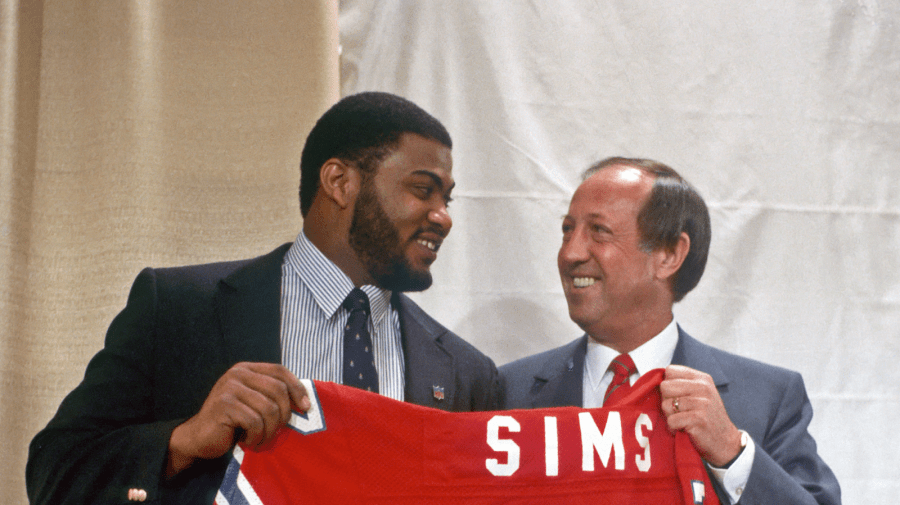
The number of bells and whistles has certainly increased over the years. The draft is accompanied by endless analysis from talking heads, exciting packages of highlights for each player, and fun interviews with kids who are realizing their dream of being chosen to play in one of the biggest sports leagues in the world. The production itself is only a small piece of why the NFL Draft brings in such a huge television audience, though.
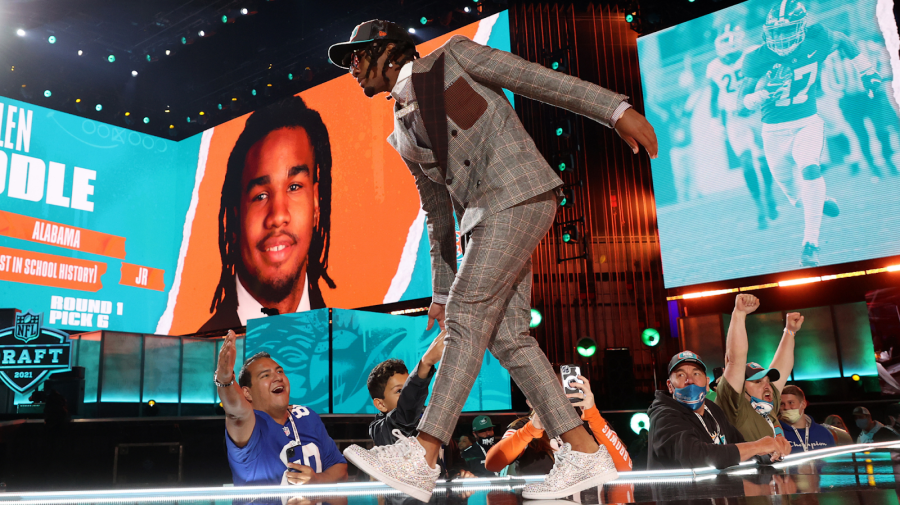
The real reason the NFL Draft is so popular is that it’s the league’s best showcase for hope. If you’re a fan rooting for a team that just struggled through a miserable season — and remember that 30 of the 32 NFL teams don’t get to play in the Super Bowl, and 18 of the 32 don’t even make the playoffs — the Draft is what you’ve probably spent the vast majority of the season waiting for. In fact, the NFL is so enormously popular in general that the Draft has become one of the biggest days of the year for the majority of NFL fanbases.
Analysis, or the Justification of Hope
Another thing buoying the popularity of the NFL Draft is the cottage industry of draft analysis that has sprouted up around the event itself. People love predicting things, so that piece of it has its own special appeal, but what people really love is getting to feel like they have a strong opinion about something. A quick look at Twitter in the months leading up to the NFL Draft will show you countless fans confidently asserting which players their teams absolutely need to get in the upcoming draft.
The beating heart of this world of NFL Draft prediction is the mock draft. Pundits like Mel Kiper, Jr., Todd McShay and others put together full, pick-by-pick predictions ahead of the Draft itself. Fans even make their own mock drafts, and as sports gambling explodes in the U.S. and elsewhere, fans take the opportunity to put money down on hyper-specific outcomes — like when the first offensive lineman will be selected, or who the first running back selected will be.
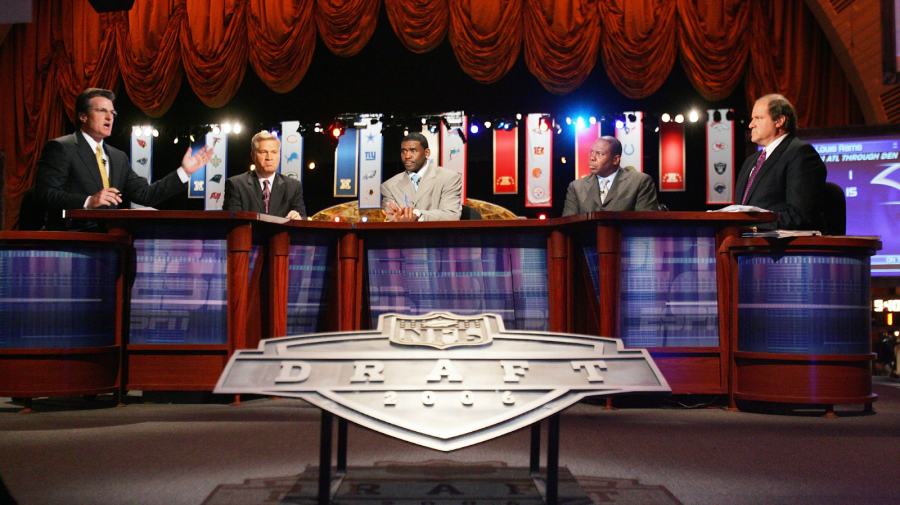
The Draft, additionally, is at the center of all NFL player movement. Teams decide which current NFL free agents they will pursue based on what happens at the Draft, and teams use their draft picks to trade for current stars depending on where they are in the team-building life-cycle. Some teams might be full of veterans, so they may prioritize adding other experienced players instead of younger players who are straight out of college. Other teams might be ready to rebuild their rosters around these very green athletes.
Fans, in the meantime, get to harbor opinions about all this stuff, and those opinions lead to conversations. These kinds of conversations — arguments between friends, quick chats around the watercooler, podcasts, etc. — are the lifeblood of sports fandom. The NFL Draft is a strange beast: it’s a sporting event in which no sports are actually played. On the other hand, it’s the crystallization of everything we love about loving sports: the opinions, the chats, and the exciting feeling of wondering what might be about to happen next.

 Seth Landman
Seth Landman




